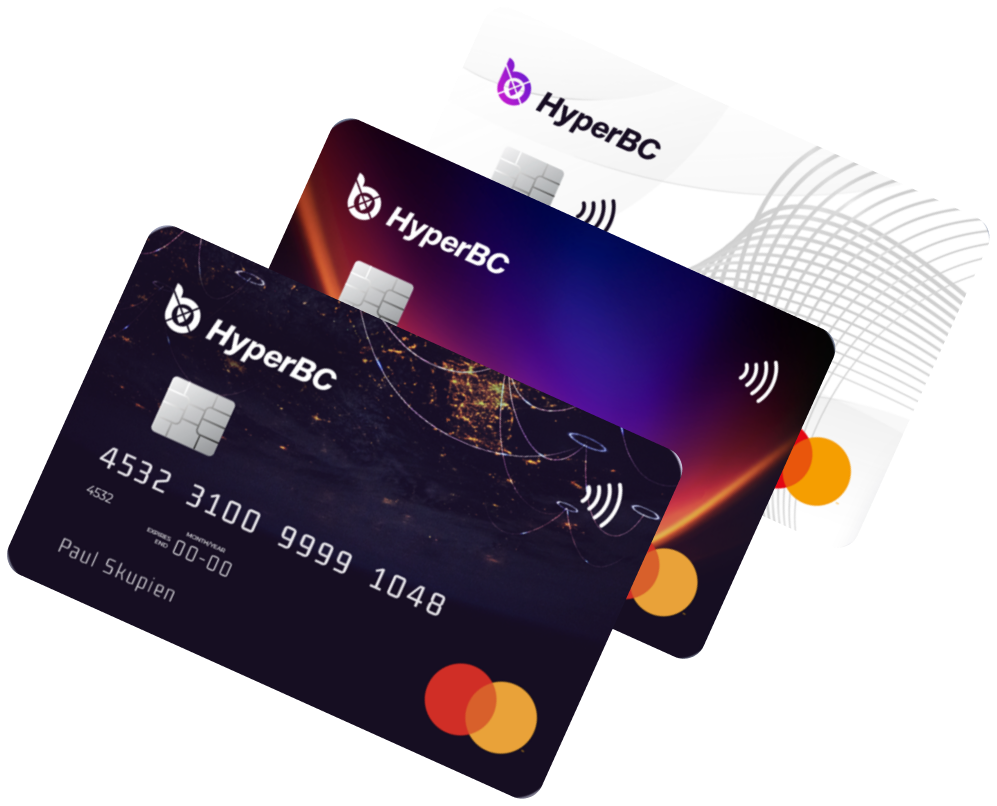In the dynamic realm of financial technology, innovation is constant, and one of the latest advancements making waves is the introduction of white label crypto cards. These cards represent a fusion of traditional banking infrastructure with the disruptive potential of cryptocurrencies, offering a bridge between the digital and physical worlds of finance. In this article, we delve into the concept of white label crypto cards, their significance, and their potential impact on the financial landscape.
Understanding White Label Crypto Cards
White label crypto cards are essentially prepaid or debit cards that allow users to spend their cryptocurrency holdings at merchants worldwide, just like traditional bank cards. What sets them apart is their white-label nature. In this context, "white label" refers to a product or service that is produced by one company (the provider) and then rebranded and resold by other companies (the resellers) under their own brand names.
These cards are typically issued by cryptocurrency platforms, exchanges, or fintech companies, which partner with white-label card providers to offer them to their users. The white-label aspect enables these companies to customize the cards with their branding and tailor them to fit their specific target audience.
The Significance of White Label Crypto Cards
The emergence of white label crypto cards represents a significant development in the adoption of cryptocurrencies for everyday transactions. By integrating crypto spending capabilities into familiar payment methods such as debit cards, these cards bridge the gap between the crypto world and traditional finance, making digital assets more accessible and user-friendly for the general public.
One of the key benefits of white label crypto cards is their ability to provide users with greater flexibility and convenience in managing their crypto assets. Instead of relying solely on cryptocurrency wallets or exchanges for transactions, users can now utilize their digital assets for real-world purchases, whether it's shopping online or paying for goods and services at physical stores.
Moreover, white label crypto cards offer a seamless way for individuals to diversify their spending options without the need for additional bank accounts or currency conversions. Users can load their cards with various cryptocurrencies and easily convert them into fiat currency at the point of sale, eliminating the hassle of managing multiple accounts or dealing with exchange rates.
Exploring the Potential Impact
The introduction of white label crypto cards has the potential to disrupt traditional payment systems and reshape the financial landscape in several ways:
- Broader Cryptocurrency Adoption: By offering a familiar and convenient way to spend cryptocurrencies, white label crypto cards can encourage more people to explore and adopt digital assets for everyday transactions. This increased adoption could contribute to the mainstream acceptance of cryptocurrencies as a legitimate form of payment.
- Enhanced Financial Inclusion: White label crypto cards have the potential to promote financial inclusion by providing individuals with alternative payment options, especially in regions with limited access to traditional banking services. People who are unbanked or underbanked could benefit from the accessibility and flexibility offered by these cards.
- Integration with Traditional Finance: The integration of white label crypto cards with existing banking infrastructure facilitates a smoother transition between the traditional financial system and the crypto economy. This integration could encourage collaboration between banks, fintech companies, and cryptocurrency platforms, leading to greater innovation and interoperability in the financial sector.
- Customization and Branding Opportunities: For businesses, white label crypto cards present an opportunity to differentiate their offerings and enhance brand loyalty. By customizing the cards with their branding and tailored features, companies can create unique value propositions that resonate with their target audience.
Challenges and Considerations
Despite their potential benefits, white label crypto cards also pose certain challenges and considerations:
- Regulatory Compliance: The regulatory landscape surrounding cryptocurrencies and financial services is constantly evolving and varies from one jurisdiction to another. Companies offering white label crypto cards must navigate complex regulatory requirements to ensure compliance with relevant laws and regulations.
- Security Concerns: The security of cryptocurrency transactions is paramount, given the prevalence of cyber threats and hacking incidents. White label crypto card providers must implement robust security measures to safeguard users' funds and personal information against unauthorized access or fraudulent activities.
- Market Volatility: Cryptocurrency markets are known for their volatility, with prices fluctuating rapidly in response to various factors. The value of cryptocurrencies held on white label crypto cards may be subject to significant fluctuations, posing risks for both users and providers.
- User Education and Awareness: Many consumers may still be unfamiliar with cryptocurrencies and how they work. White label crypto card providers must invest in user education and awareness initiatives to help users understand the benefits, risks, and best practices associated with using these cards.
Conclusion
White label crypto cards represent a compelling innovation that merges the worlds of cryptocurrencies and traditional finance, offering users greater flexibility, convenience, and accessibility in managing their digital assets. As adoption continues to grow and regulatory frameworks evolve, these cards have the potential to play a significant role in shaping the future of payments and finance.
However, to realize their full potential, white label crypto card providers must address regulatory challenges, prioritize security measures, and invest in user education initiatives. By doing so, they can help drive broader cryptocurrency adoption, promote financial inclusion, and pave the way for a more inclusive and innovative financial landscape.





Comments